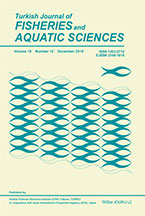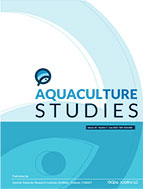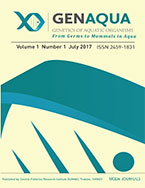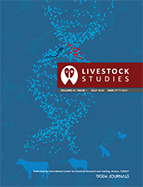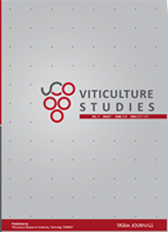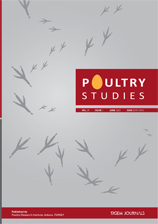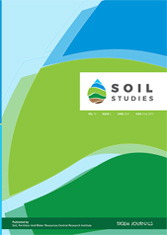Horticultural Studies (HortiS)
2024, Vol 41, Num, 3 (Pages: 082-089)
Assessing Autumn Cold Hardiness in Newly Planted Fruit Trees and Grapevines
Ayşe Nilgün ATAY 1 ,Ersin ATAY 1
1 Burdur Mehmet Akif Ersoy University Food Agriculture and Livestock School Department of Crop and Livestock Production Horticulture Program, 15030, Burdur, Türkiye
DOI :
10.16882/HortiS.1522161
Viewed :
937
-
Downloaded :
394
Low-temperature damage is one of the key factors that limits the
distribution of tree species in an area. This damage is not always the result
of low temperatures in winter or during bloom. Actively growing trees or
parts of trees do not harden, may be injured by lower temperatures or
erratic temperature fluctuations in autumn. It is essential that the capability
of each separate scion/rootstock combination to tolerate cold temperatures
should be tested especially when the trees are young and a serious climate
change is taking place. The overall goal of this study was to investigate the
effect of early autumn temperature on fruit and grapevine species, including
various cultivars and rootstocks, after plantings and to determine the cold
hardiness. The autumn term of 2022 was one of the periods we have
experienced notable temperature fluctuations was observed, particularly in
September. The day-night temperature difference reached 21.5°C on
September 24. Subsequent field observations revealed significant variation
in autumn cold tolerance among species, cultivars, and rootstocks. In this
study, cold injury was observed in fifteen of the 29 examined species in the
autumn after planting. During unfavourable autumn conditions, young trees
of fig, persimmon, walnut, and chestnut cultivars were classified as very
susceptible. It is most likely that the hardening process in these four
species was more affected by erratic temperature fluctuations in the early
phase of hardening.
Keywords :
Climate change Cultivar Hardening Nursery trees Rootstock



